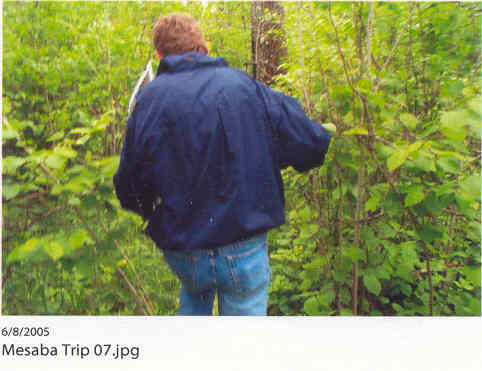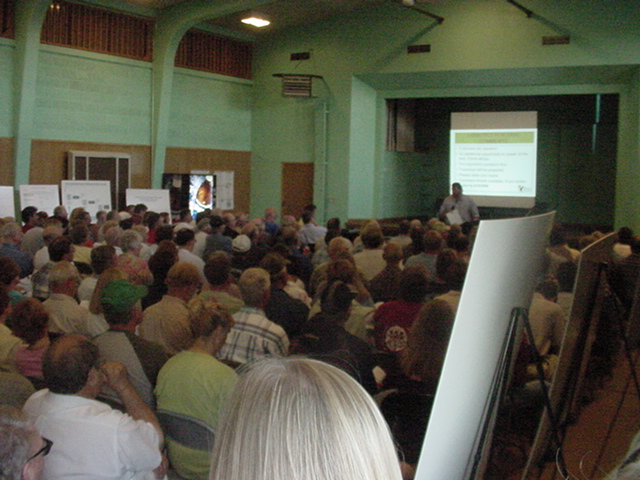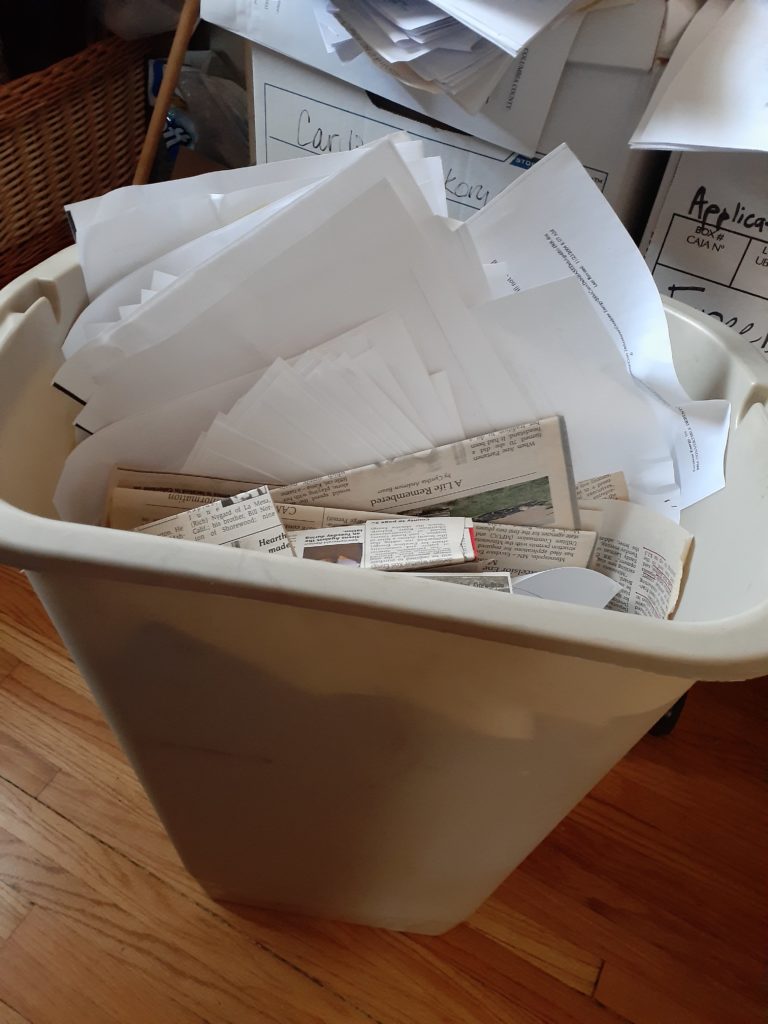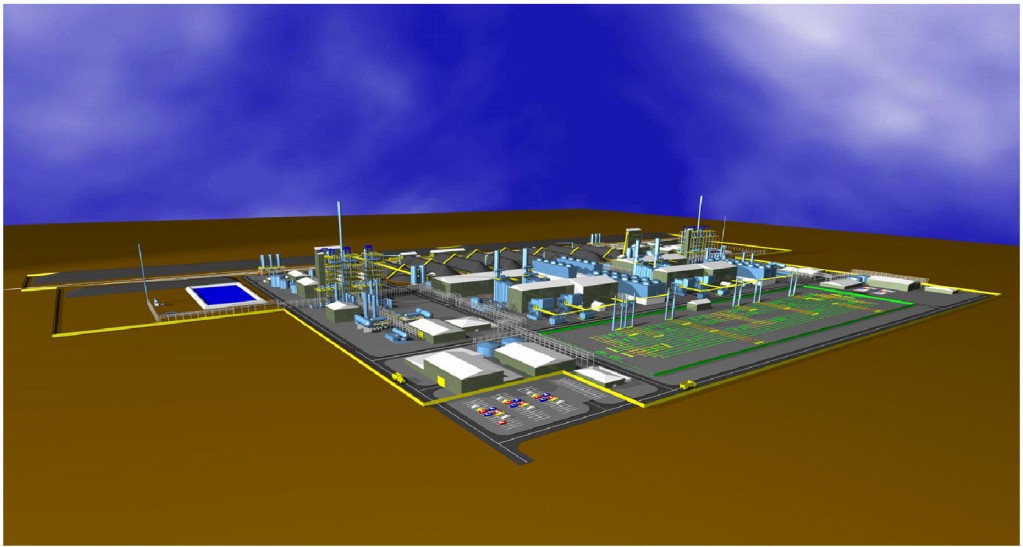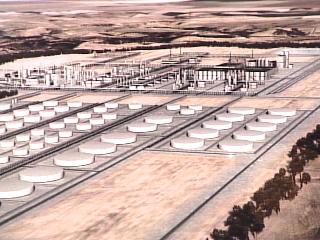It was 20 years ago today…
October 22nd, 2022
EXCELSIOR ENERGY’S MESABA PROJECT
PARTIAL DOCUMENT REPOSITORY
Well, a bit more than 20 years ago… January 15, 2002, just after the start of the legislative session, I was at an energy committee meeting, Senate? House? I think Senate was first, then heard again at House, and the following year they got their legislation through as a part of the 2003 Prairie Island bill.
- The Excelsior Energy link I’m using is compliments of waybackmachine. Note that now, if you plug in “excelsiorenergy.com” it becomes “excelsiorcapital.com (Excelsior Energy Capital).” essentially at a marina at 21960 Minnetonka Blvd.! Related?
Anyway, there was a presentation back in 2002 about the greatest thing since sliced bread (NOT!), a coal gasification project proposed for “somewhere” on the Range. Here’s what they presented:
Note the parts about “brownfield” and “existing infrastructure.” LIES, it’s that simple. Here’s what their site looked like, this was at the DOE and locals site visit in 2005:
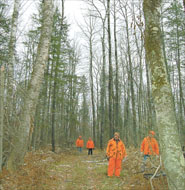
Starting in 2005, I was representing “mncoalgasplant,” landowners and residents near the proposed project, joined in tandem by Citizens Against the Mesaba Project (CAMP) (site circa 2013 with live links, thanks waybackmachine!). We had such active folks, every hearing was PACKED, and eventually the project faded, never formally declared dead, but piece by piece, it went away.
HOWEVER, Excelsior Energy did manage to get an save passed by the legislature for a natural gas plant:
Week before last, I picked up files from a cohort who shall remain unnamed, and am scanning in boxes of files, to post here, and recycle hard copies for biomass (UGH, but that’s what Red Wing does. Thanks, Xcel Energy!). I’ll be posting them, some interesting stuff if you’re into energy and political and capital intrigue, some purely inside baseball that no one will care about.
MONEY TRACKING – Spreadsheets and invoices to IRRB for reimbursement
Various Contractor Invoices (some redacted)
What a pain in the patoot that was — TWO ENTIRE WASTEBASKET OF SCANNING!
Senate Energy Bill… again
January 23rd, 2020
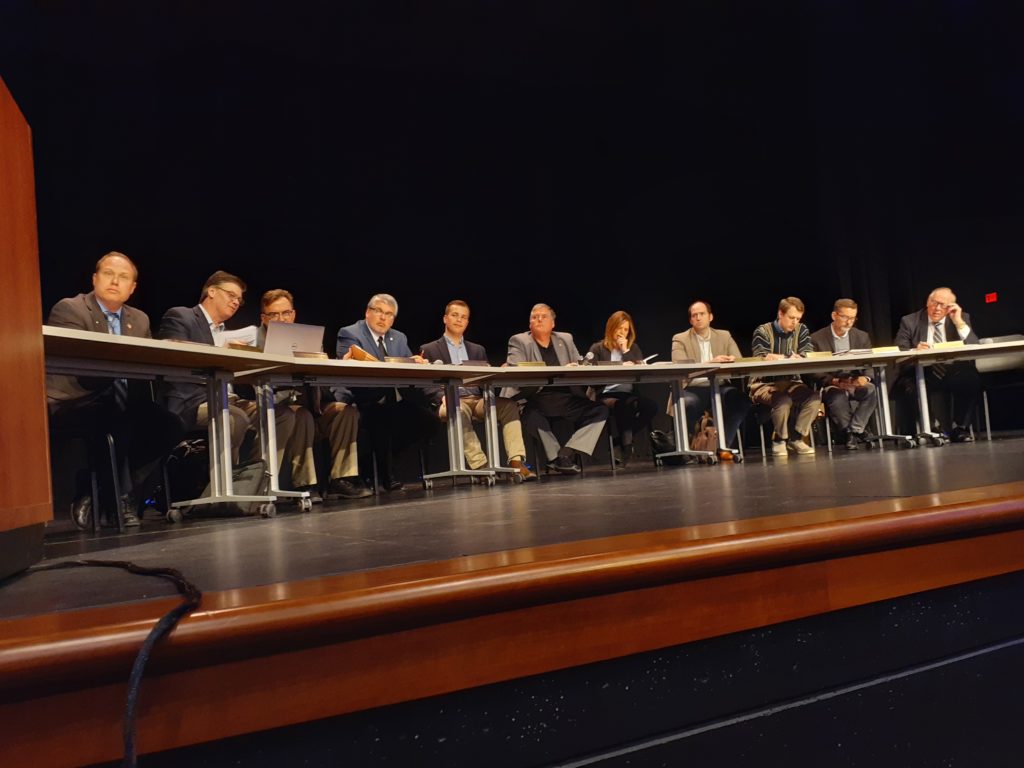
Last night in Performing Arts Center, Westonka H.S., Sen. Osmek held the second Senate Energy Committee meeting, taking testimony and discussing the bill. Good grief, burning garbage is RENEWABLE?!?! Eliminate the new nuclear prohibition?!?! CARBON CAPTURE AND STORAGE!?!?!?! Where on earth do these ideas come from? Lobbyists paid by who?
They put together a list of testifiers. This meeting’s list included TWO who had testified in Rochester! I spoke up and objected to allowing those two to testify before others who had not testified could, and near the end of testimony one was crossed off, BUT, well, guess who was second to the bottom, despite having requested to be put on list 8 days prior in Rochester, and didn’t get to testify.
For the first hearing, they put the three regular folks at the very bottom of the list, those not affiliated with an organization, those NOT paid to show up in suits and testify, and at the outset at Westonka last night, Osmek said, at least twice, “we may not get through the list.” They did in Rochester.
And at the outset of last night’s meeting, he again said, “we may not get through the list” and he limited testimony to 30 minutes total, but didn’t put any limit on individual testimony. AND he said, “we didn’t get through the list in Rochester.” FALSE, you DID get through the list in Rochester. Why say that? Prelude to a dis…
They’re talking about “carbon capture and storage,” “CCS” as if it’s real. It is not. No one else in the room has the knowledge and direct experience working on a project proposing carbon capture that I have, and no one else in the room had signed the non-disclosure agreement in the Excelsior Energy Mesaba Project and knows the details of cost and energy loss. Most of the Senators on that committee weren’t even around during the Mesaba Project, and I do not recall a single one of them weighing in on that boondoggle project. So what all do they know about it? Do they know only what paid toadies are telling them? Do some research! We do not need to reinvent the wheel, and folks, this is rock science, not rocket science.
We went through this “carbon capture” nonsense on the Excelsior Energy Mesaba Project, where it was talked about a lot, but wasn’t part of the actual project, and then, when it was clear the project Power Purchase Agreement “PPA” was tanking, SURPRISE, they popped in a “Plan” at the last minute, in Rebuttal testimony:
Suddenly, a Plan for Carbon Capture and Sequestration
October 19th, 2006
For sure it was utter bullshit, and not enough to save the day and get that PPA through. Here it is:
From MCGPs Initial Brief in Mesaba Project PPA docket (M-05-1993), but first the full brief, the CCS pages are 22-24, with references:
And the section on the Excelsior Energy’s Mesaba Project bogus “Plan for Carbon Capture and Sequestration”
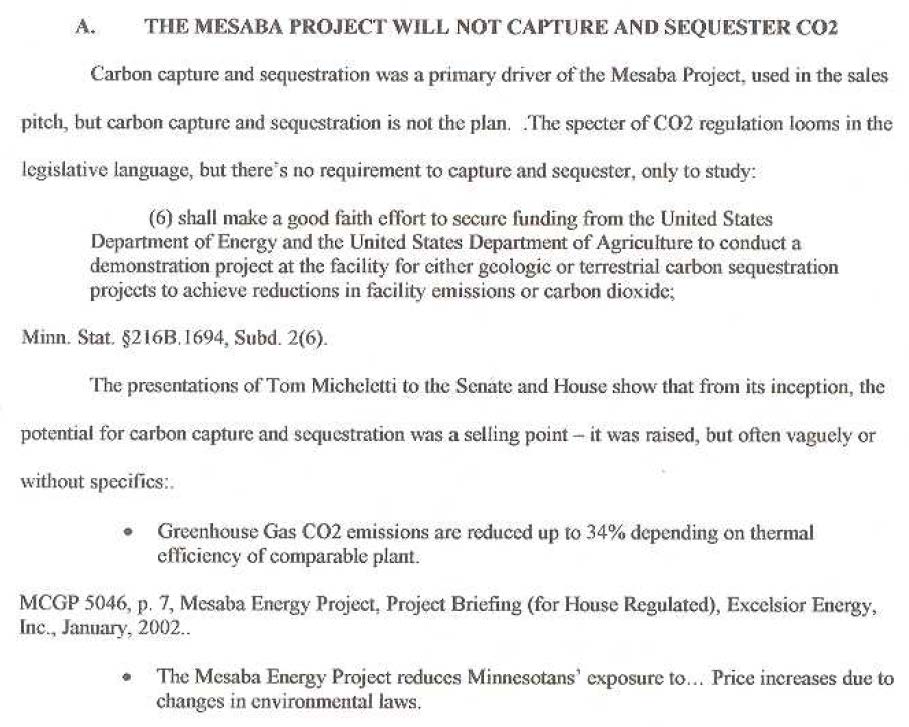
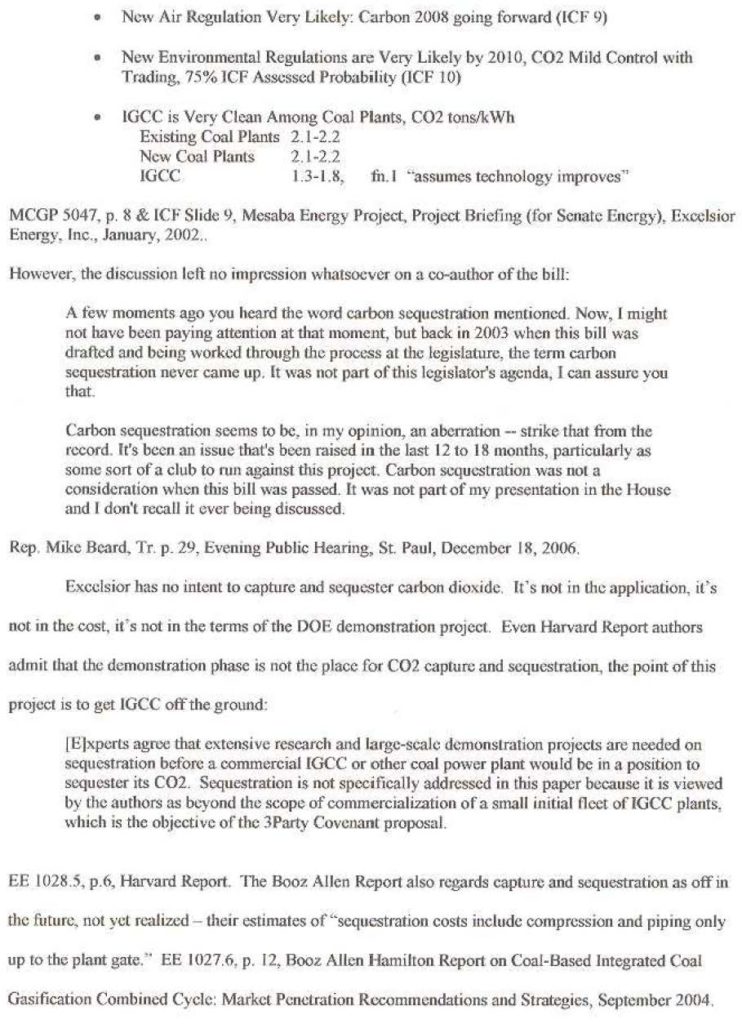
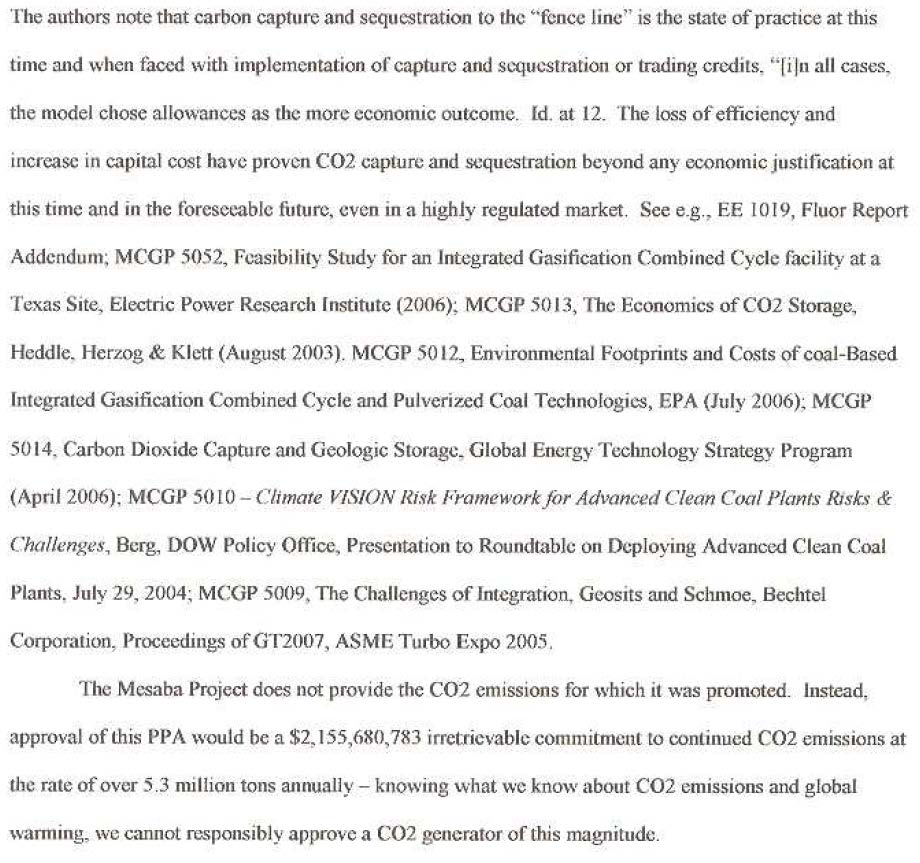
Well DOH! What’s changed since then? Only a large funding of “research” and a larger funding scheme of promotion, a la Great Plains Institute, etc.,

… but carbon capture and storage is no more doable, either in percentage of capture feasible, or in potential for creating seismic activity and earthquakes, well, there is more evidence now that pumping gas into the earth DOES create earthquakes. It’s even made it into corporate news media, REAL NEWS from 2013 and 2016:
Fracking and energy exploration connected to earthquakes, say studies
7 million Americans at risk of man-made earthquakes
From USGS:
Are earthquakes induced by fluid-injection activities always located close to the point of injection?
Also from USGS, 2018:
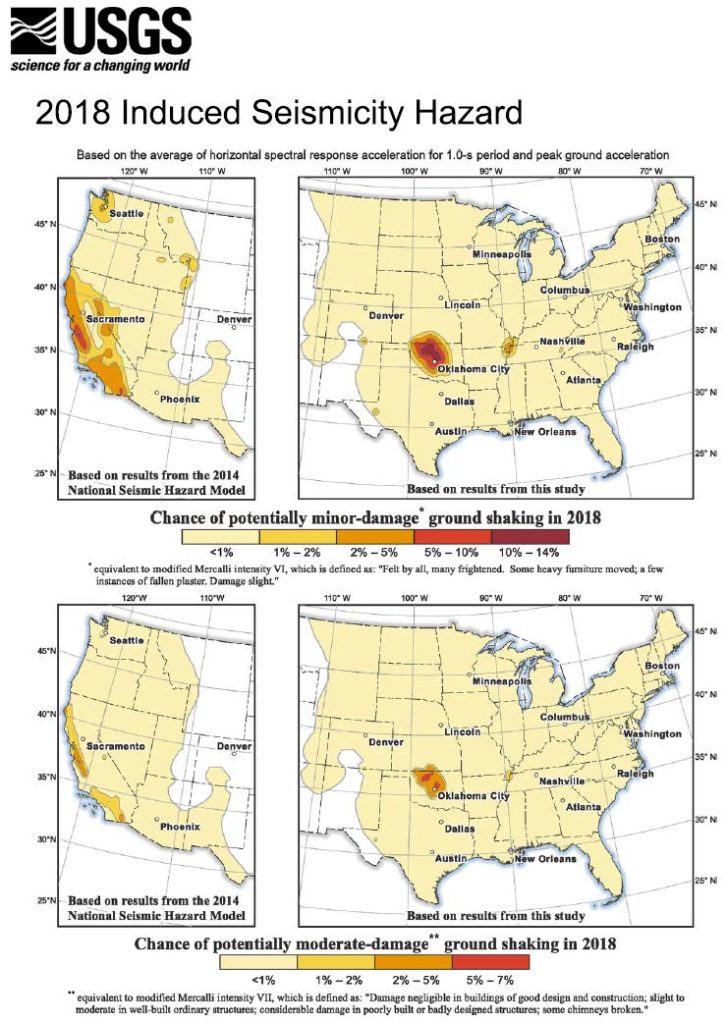
What more information do you need? Do some research, folks.
Those of us who went through the 5+ years that was the Mesaba Project have the facts. If you want us to do this all over again, yes, phenomenal waste of time, but yeah, OK. Been there, done that, have the files, have the facts, here we go!
To look at the Excelsior Energy Mesaba Project docket at PUC (05-1993) go to eDocketsand search for PUC Docket 05 (year) 1993 (docket no.) in the search field.
p.s. LINK TO MESABA PROJECT ENVIRONMENTAL IMPACT STATEMENT

Failure of “clean coal” in The Guardian
March 2nd, 2018
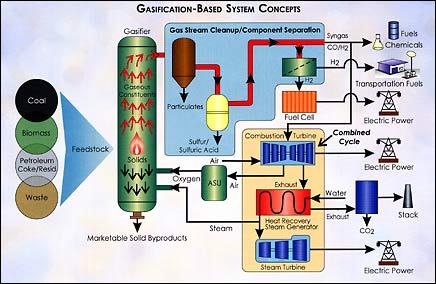
Yes, we know it doesn’t work. Learned that in stopping the Mesaba Project:
There were IGCC – coal gasification – plants proposed all over the country, and they fell, one by one. Some not fast enough, the Kemper project, in today’s Guardian, is an example of protracted misrepresentations to keep that money coming in to fund the scam:
The best thing that came from the failed Mesaba Project was the information about the technology that hadn’t been disclosed before. We were able to use this information all over the country to stop these plants, and stop this one before Minnesotans were utterly and hopelessly screwed as they were in Mississippi with Southern’s Kemper and Indiana with Duke’s Edwardsport. Read the rest of this entry »
Trump and ‘clean coal’ — just say NO!
November 13th, 2016
After this election, there are so many things to be concerned about, so many reasons to be utterly horrified… a Muslim database, Trump’s fraud trial to begin November 28th, promise of mass deportations, sharp increase in hate crimes, assaults and threats on the street and in the schools (and online, oh my!). Trump’s “100 Days” plan was out in October, and has many points, full of words to decode, including a ‘clean coal’ reference, showing he’s clueless, just clueless:
Trump’s Contract with the American voter — the First 100 Days
In the 2nd and 3rd debate, Trump used those two words that have deep meaning to me, “clean coal,” because of Excelsior Energy’s Mesaba Project here in Minnesota, and because of the NRG proposed IGCC plant in Delaware, both of which were defeated after a long protracted fight. There is no such thing as ‘clean coal.”
Coal gasification is one thing that my coal-plant designing Mechanical Engineer father and I had some bonding moments over, going over EPRI coal gasification reports from the 80s and the Mesaba application… And I had the pleasure of meeting and working alongside my father’s boss’s son, who is also an engineer, formerly with NSP/Xcel, who knew what a bad idea coal gasification is. Oh yeah, we who fought these projects have learned a lot about coal gasification, “carbon capture and storage,” and will not go there again (see Legalectric and CAMP – Citizens Against the Mesaba Project sites for more info). We know it doesn’t work. And experience with the few projects that did go forward, what a mess, cost overruns beyond the wildest SWAG estimate, inability to get the plant running… Trump, don’t even think about it:
IGCC – Pipedreams of Green & Clean
IGCC, coal gasification, is nothing new. And despite its long history, it’s a history of failure, failure to live up to promises, failure to operate as a workable technology, and failure to produce electricity at a marketable cost, failure to produce electricity at all! On top of that, it’s often touted as being available with “CO2 capture and storage” which it is not. That’s a flat out lie. Check this old Legalectric post:
More on Carbon Capture Pipedream
A key to this promotion is massive subsidies from state and federal sources, and selection of locations desperate for economic jump-start, so desperate that they’ll bite on a project this absurd, places like Minnesota’s Iron Range, or southern Indiana, or Mississippi. The financing scam was put together at Harvard, and this blueprint has been used for all of these IGCC projects:
That, coupled with massive payments to “environmental” organizations to promote coal gasification, and they were off to the races.
Joyce Foundation PROMOTES coal gasification
Doris Duke Charitable Foundation & IGCC – WHY???
VP-elect Mike Pence should know all about coal gasification, he’s from Indiana. Indiana is coal generation central, and has had a couple of IGCC projects planned, construction started, and built. Indiana’s Wabash Valley plant is a perfect example, a small IGCC plant that was built, and after it was “completed,” took 22 on-site engineers to keep it running, now and then, at a greatly reduced capacity.
Wabash River Final Technical Report (it was “routinely” in violation of its water permit for selenium, cyanide and arsenic)
When they tried to sell the Wabash Valley plant recently, of course no one wanted it:
Wabash Valley coal gasification plant closing!
And another Indiana plant, with huge cost overruns that never started operating:
Rockport coal gasification plant dies – Indianapolis Star
Coal News: $2.8B coal gasification plant in Indiana canceled
And then there’s Edwardsport IGCC plant, also in Indiana, what a disaster:
Edwardsport plant not at promised capacity
Settlement won’t be the last word on controversial Indiana coal plant
Duke Energy Edwardsport Plant Settlement Expanded
The original settlement in September was a response to the plant’s rising operating costs while failing to meet performance expectations.
In the new agreement, Duke Energy agrees not to charge customers for $87.5 million of the operating costs of the Edwardsport plant, $2.5 million more than the original agreement.
And note that problems with Edwardsport tie in to similar problems with the Kemper IGCC plant in Mississippi:
Indiana ‘cease fire’ could provide a model for Mississippi regulators
Yes, in Mississippi, the Kemper IGCC plant is proving to be a problem, and yes, folks, note the Obama promotion of IGCC — after all, Obama is from Illinois, a coal state, and had lots of support from coal lobbyists. Check this detailed NY Times article:
Piles of Dirty Secrets Behind a Model “Clean Coal’ project: Mississippi project, a centerpiece of President Obama’s climate plan, has been plagued by problems that managers tried to conceal, and by cost overruns and questions of who will pay.
The sense of hope is fading fast, however. The Kemper coal plant is more than two years behind schedule and more than $4 billion over its initial budget, $2.4 billion, and it is still not operational.
The plant and its owner, Southern Company, are the focus of a Securities and Exchange Commission investigation, and ratepayers, alleging fraud, are suing the company. Members of Congress have described the project as more boondoggle than boon. The mismanagement is particularly egregious, they say, given the urgent need to rein in the largest source of dangerous emissions around the world: coal plants.
Trump, just don’t.
Hyperion Refinery one step closer to GONE!
October 2nd, 2012
The Hyperion project, an 800 pound gorilla, an oil refinery PLUS a coal gasification (IGCC) plant (it morphed quite a bit over the years), proposed for agricultural land west of Sioux Falls, South Dakota, has been looming for a long time, but there’s evidence that the stakes through it’s slimy heart are having an impact.
In the Argus Leader:
Hyperion declines to renew options with Union County landowners
The stake in Hyperion’s slimy heart is that there’s no money:
There’s no money to build Hyperion, no investors, another vaperware project sounding a lot like the AWA Goodhue wind project here in Goodhue Count, or Excelsior Energy’s Mesaba Project, coal gasification on the Iron Range. It’s the lack of money that’s the real news:
Industry analysts question Hyperion
“Nobody would finance it,” he told Platts. “It would take forever to build.”
Rough road
Building pipeline



